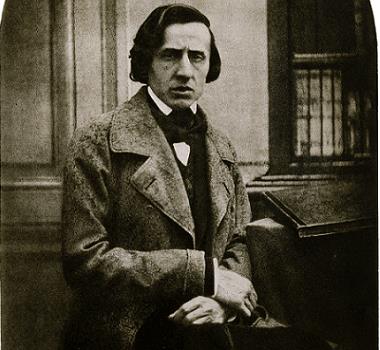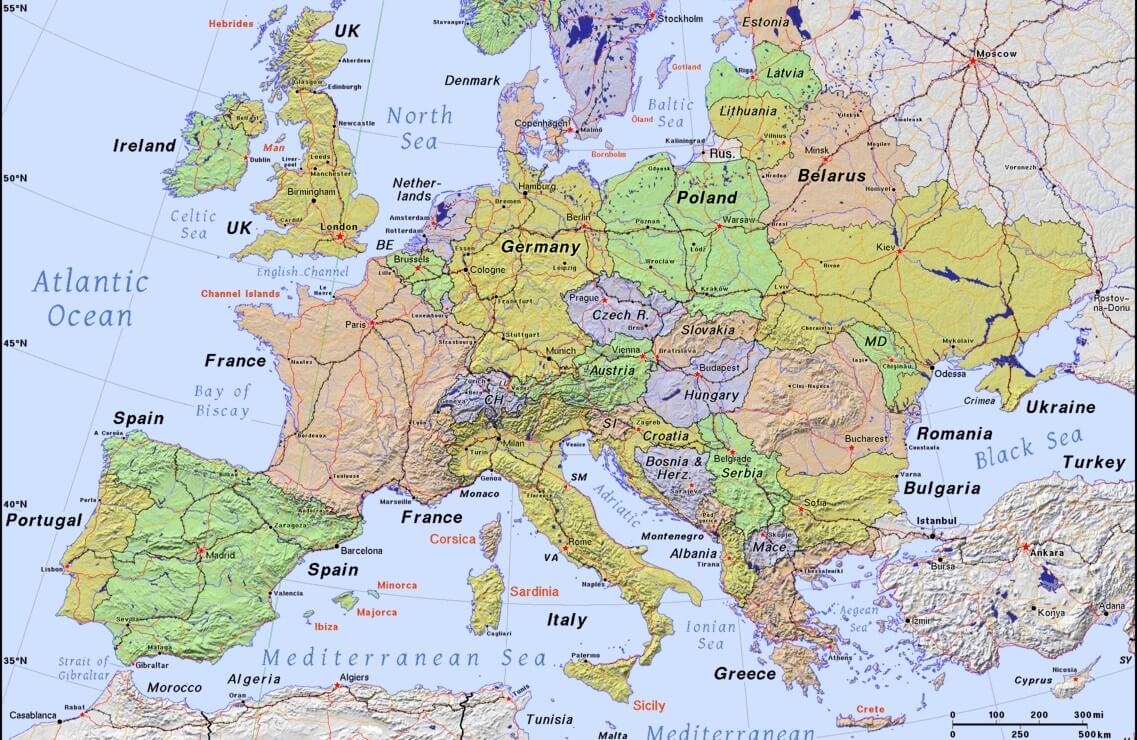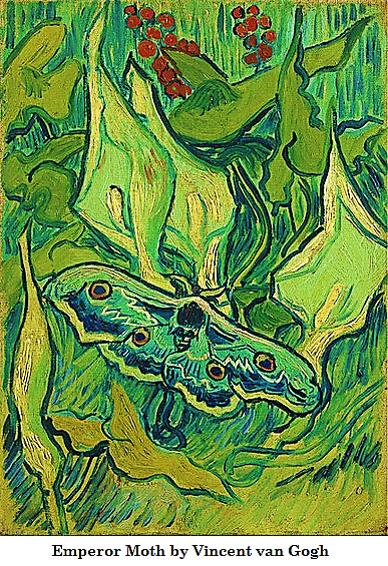 Classical Music in Pictures
Music in Pictures
Classical Music in Pictures
Music in Pictures

 Classical Music in Pictures
Music in Pictures
Classical Music in Pictures
Music in Pictures

Study the musical selection for one week.
Over the week:


Activity 1: Describe the Music
Listen to the music, and close your eyes and let yourself imagine. What do you picture as you listen to the music?
Read the list of adjectives. Select those that describe the music or think up additional adjectives.
Activity 2: Study the Painting, Vincent van Gogh's 'Emperor Moth'
As you listen to the music, find the following in the painting:
After you study the painting, narrate the scene shown in the painting aloud using your own words.
Describe how the painting relates to the music.

Activity 3: Read About the Painting, Vincent van Gogh's 'Emperor Moth'
'Emperor Moth,' by Vincent van Gogh, is part of a series of paintings featuring butterflies and one moth. Wikipedia writes in its entry 'Butterflies (Van Gogh series),' 'The metamorphosis of the caterpillar into a butterfly was symbolic to Van Gogh of men and women's capability for transformation.'
Activity 4: Act Out the Music
Listen to the music. Can you imagine a moth flitting about, landing here and there?
Listen to the music, and mimic the motion of the moth represented by the music.
Moths are attracted to light, so you may wish to zoom around a light source.